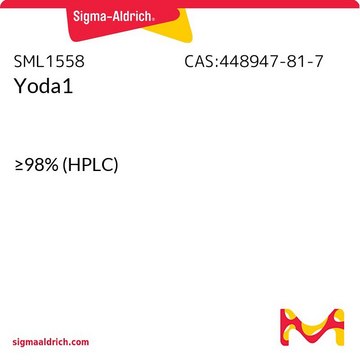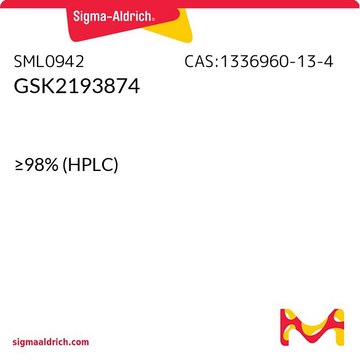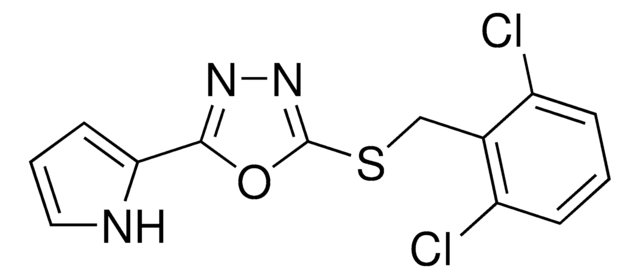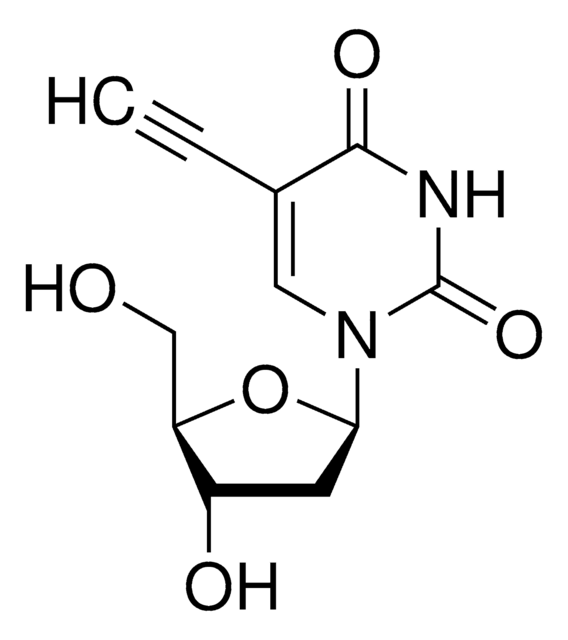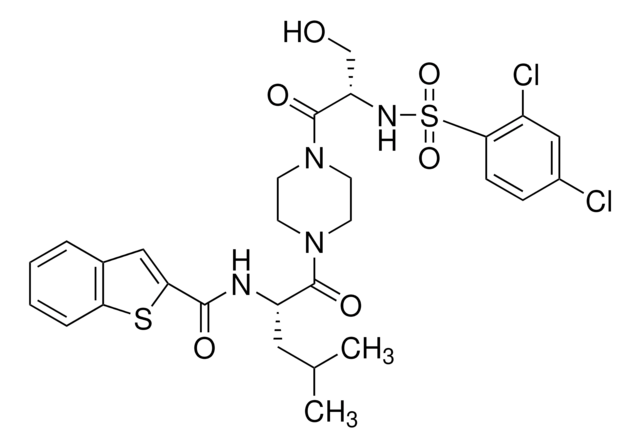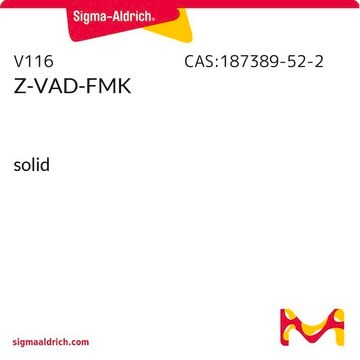詳細
Grammostola mechanotoxin #4 (GsMTx4), a gating modifier peptide, is obtained from spider venom. This 34-amino-acid peptide is a small (3-5 kD) amphipathic molecule built on a conserved inhibitory cysteine-knot (ICK) backbone. The structure of GsMTx4 has a belt of charged residues surrounding a hydrophobic patch. GsMTx4 acts as an inhibitor of cationic mechanosensitive channels (MSCs) belonging to the Piezoand transient receptor potential (TRP) channel families. It is different from other spider venom peptides because it can inhibit these channels regardless of their shape, and both its L- and D-forms can have this effect. GsMTx4 has a unique structure and carries a positive charge due to its six lysine residues which can affect membrane binding. This peptide has become a valuable tool in research to identify the roles of excitatory MSCs in normal physiology and pathology. It can also inhibit stretch-activated big potassium channels (SAKcaC). The presence of positively charged residues in GsMTx4 is thought to play a role in peptide channel-lipid interaction. It can effectively reduce arrhythmias by inhibiting stretch-activated channels (SACs) in the heart. GsMTx4 also serves as an inhibitor of histone acetylation inhibitor I-BET 762 and Piezo 1 inhibitor.
アプリケーション
GsMTx4 trifluoroacetate has been used in drug treatment as a supplement in cell culture medium to treat mouse hippocampal neurons to block cationic MSCs in cortical neurons. It has also been used as a specific inhibitor to incubate cementoblasts to study its effects on the response of cementoblasts to investigate if cementum repair was impaired by compression.
生物化学的/生理学的作用
GsMTx4 (Grammostola Mechanotoxin #4) is a tarantula venom-derived 34-mer amphipathic cysteine knot peptide that exerts its cationic mechanosensitive channels (MSCs; stretch-gated ion channels or SACs) modulatory activity by changing local membrane properties near the channels. GsMTx4 negatively regulates TRPC1/5/6 and Piexo1/2, while potentiating TREK-1 and TRPA1 activity. In addition, GsMTx4 can either hamper (2-4 μM) or facilitate (12-20 μM) the gating of prokaryotic E. coli cytoplasmic membrane MscS and MscK in a biphasic manner. GsMTx4 is also reported to inhibit Nav1.1 (SCN1A), Nav1.2 (SCN2A), Nav1.3 (SCN3A), Nav1.4 (SCN4A), Nav1.5 (SCN5A), Nav1.6 (SCN8A), Nav1.7 (SCN9A), hERG1/2/3 (KCNH2/6/7), but not hKV1.1 (KCNA1) or hKV1.4 (KCNA4).
Tarantula venom-derived 34-mer amphipathic cysteine knot peptide with mechanosensitive channels (MSCs, SACs) modulatory activity.
